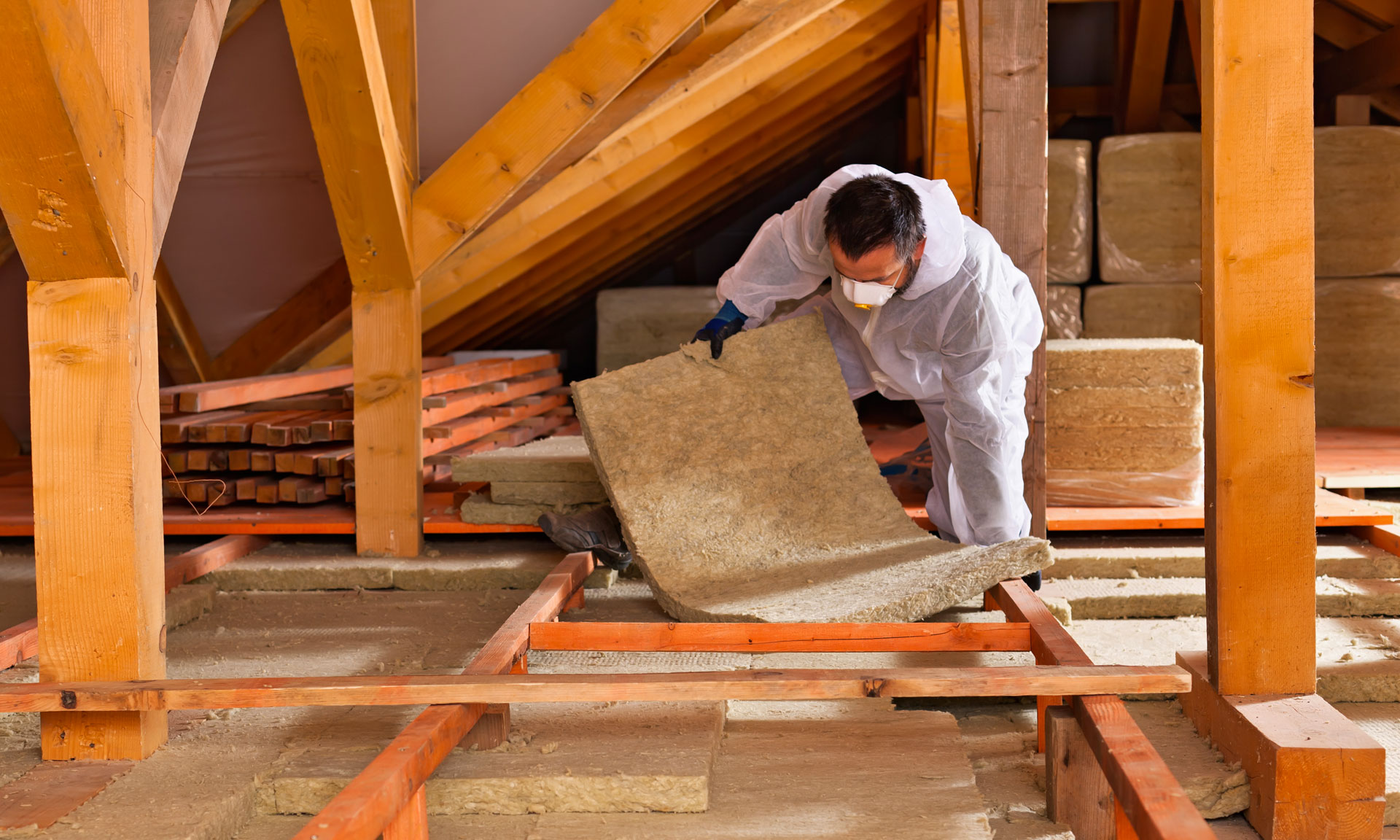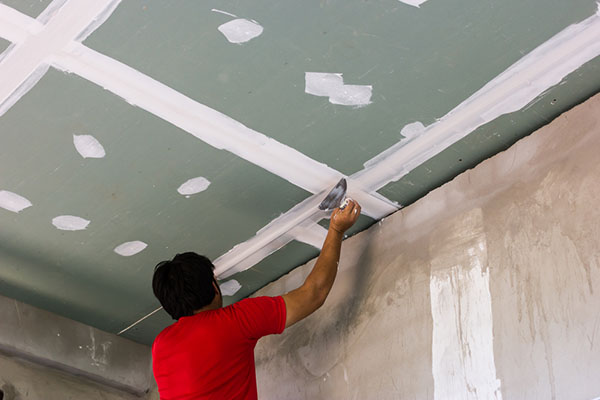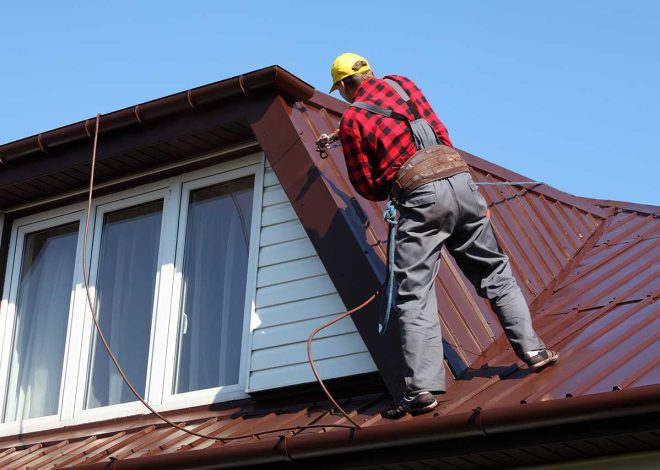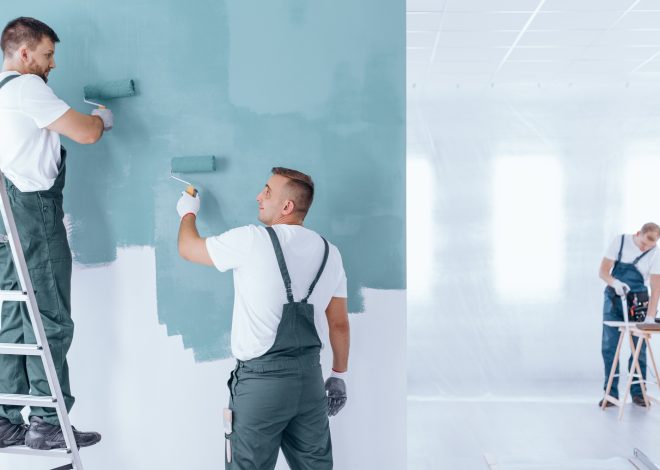
Insulation Tips From Experts
It’s not always obvious why your house is cold and what you can do about it, whether you are a landlord or a homeowner. You know it’s cold again, that you have three jumpers and are dreading your next electricity bill.
Insulation is often the place to begin. Insulation is a must for homes that are not properly insulated or have inadequate insulation. This can lead to a loss of up to 35% in heat and energy. This means that the heat from your heating system is wasted, as well as the money spent on it.
For 15 years, we have been providing advice and solutions for creating warm, dry, and energy-efficient homes in our local community. We are asked two questions the most:
- What are my options if I don’t have insulation in my house?
- What should I do if my house is insulated but still very cold?
Does this sound familiar? Consider these tips before upgrading your insulation or installing it to make your home more energy-efficient and warmer.
- Fit – Insulation must be installed in every accessible area without any gaps, tears, or damage. It should not touch the building paper. Uninsulated spaces will lose heat and energy, so it is important to ensure a complete fit. For best practices and installation standards.
- Insulation of poor quality or old settles and thins out like an old blanket. It is likely that your ceiling insulation needs to be topped up if it’s less than 200mm in thickness (or older than ten years).
- Foil Underfloor Insulation– should be replaced by bulk insulation as it loses both its thermal and reflective value with time.
- Light Fittings Traditional downlights become so hot that they are dangerous to insulate. It means that either there are large gaps (through which heat and energy can escape) or the insulation is damaged by heat. When possible, people should choose insulation-coverable lighting fittings like LED Downlights to achieve a consistent thermal envelope.
- Use the attic space. When insulation is damaged or compressed, it can’t perform as intended. When the attic is to be accessed or used as storage, you will need a storage and flooring system such as Attic Island. This will protect the insulation from compression and provide a solid surface to store and walk on.
- Water Damage When insulation is wet, it will not perform as intended. Fibre glass is particularly susceptible to water damage, and it can be difficult to remove after getting wet. Roof leaks should be repaired before installing new insulation. (Polyester has a natural moisture resistance).
- Vermin and pests – rats and mice love to live in insulation made of fiberglass and can cause irreparable damage. Block entry points. Use traps. Check regularly. Repair/replace if necessary. (Polyester has a natural insect and vermin resistance).
- R-value – The thermal performance of insulation (R-value) is dependent on factors such as the brand, the fit, the age, and the quality. It also depends on other building-related factors, including the age, location, materials, etc. Professional insulation installer companies, such as us, should be able to calculate the R-value of your current insulation and what’s needed to bring it up to recommended levels.
- DIY – If you decide to Install the Insulation Yourself, make sure that you follow the instructions provided with the product. If you are installing insulation in a rental home, it must be installed according to the NZ Standard 4246:2016 to comply with Residential Tenancies Act. It is difficult to install insulation correctly and can be dangerous if you do not know what you are doing. Be sure to understand the process before you start working on the ceiling or floor. For more details – https://betterplasterersltd.co.nz/service/insulation/


